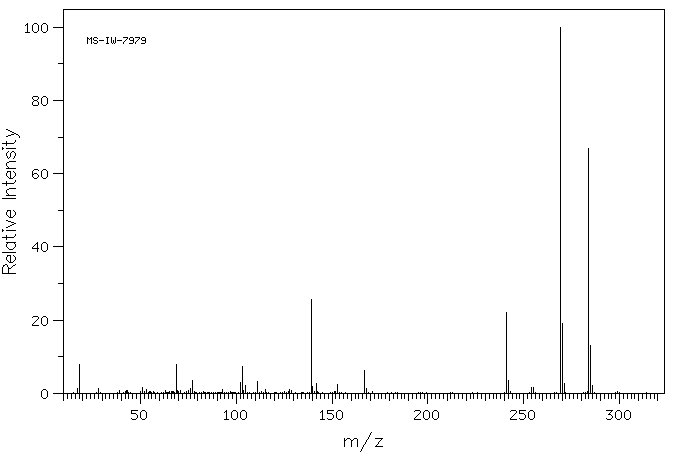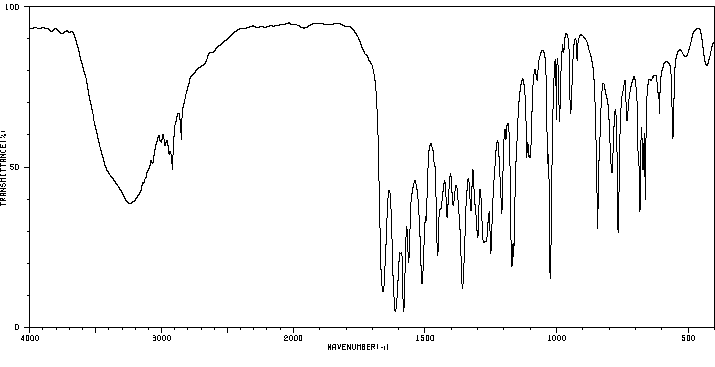Catalytic selectivity of human UGT1A9, an important membrane-bound enzyme catalyzing glucuronidation of xenobiotics, was determined experimentally using 145 phenolics and analyzed by 3D-QSAR methods. Catalytic efficiency of UGT1A9 was determined by kinetic profiling. Quantitative structure activity relationships were analyzed using CoMFA and CoMSIA techniques. Molecular alignment of substrate structures was made by superimposing the glucuronidation site and its adjacent aromatic ring to achieve maximal steric overlap. For a substrate with multiple active glucuronidation sites, each site was considered a separate substrate. 3D-QSAR analyses produced statistically reliable models with good predictive power (CoMFA: q2 = 0.548, r2 = 0.949, r pred 2 = 0.775; CoMSIA: q2 = 0.579, r2 = 0.876, r pred 2 = 0.700). Contour coefficient maps were applied to elucidate structural features among substrates that are responsible for selectivity differences. Contour coefficient maps were overlaid in the catalytic pocket of a homology model of UGT1A9, enabling identification of the UGT1A9 catalytic pocket with a high degree of confidence. CoMFA/CoMSIA models can predict substrate selectivity and in vitro clearance of UGT1A9. Our findings also provide a possible molecular basis for understanding UGT1A9 functions and substrate selectivity.
通过实验使用145种
酚类化合物,并通过3D-Q
SAR方法分析,确定了人UGT1A9的催化选择性。UGT1A9是一种重要的膜结合酶,催化外源性物质的
葡糖醛酸化反应。通过动力学分析确定了UGT1A9的催化效率。使用CoMFA和CoMSIA技术分析了定量结构活性关系。通过将
葡糖醛酸化位点及其相邻的芳香环重叠,实现了底物结构的最大立体重叠。对于具有多个活性
葡糖醛酸化位点的底物,每个位点被视为单独的底物。3D-Q
SAR分析产生了统计上可靠的模型,具有良好的预测能力(CoMFA:q2=0.548,r2=0.949,r pred 2=0.775;CoMSIA:q2=0.579,r2=0.876,r pred 2=0.700)。通过轮廓系数图阐明了底物中负责选择性差异的结构特征。将轮廓系数图叠加在UGT1A9的同源模型的催化口袋中,能够高度自信地识别UGT1A9的催化口袋。CoMFA/CoMSIA模型可以预测底物的选择性和UGT1A9的体外清除率。我们的发现还提供了理解UGT1A9功能和底物选择性的可能分子基础。








